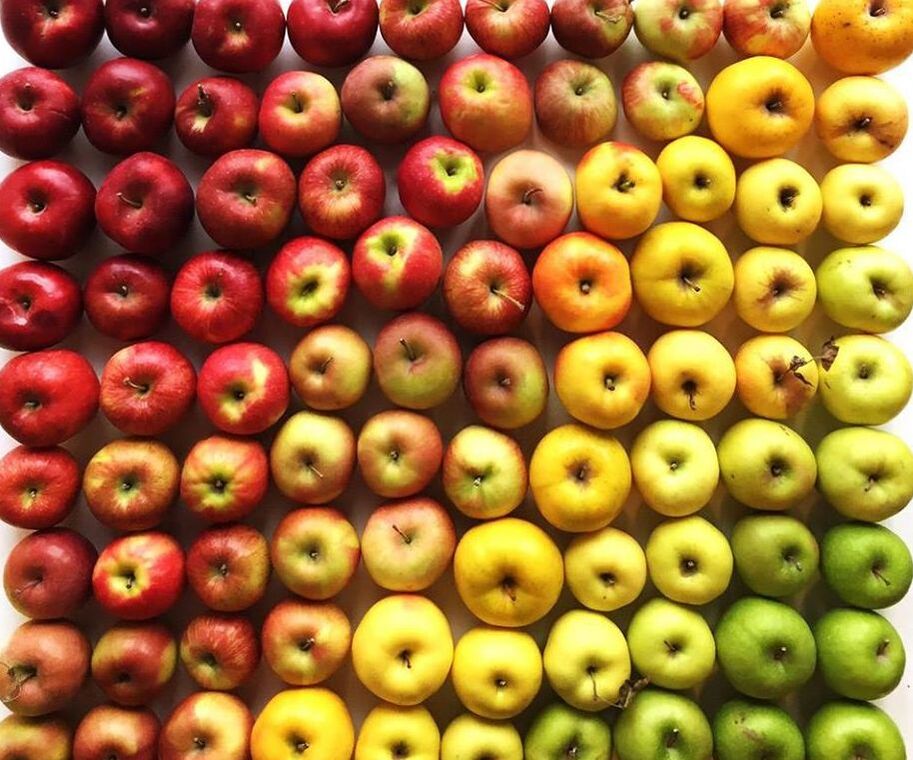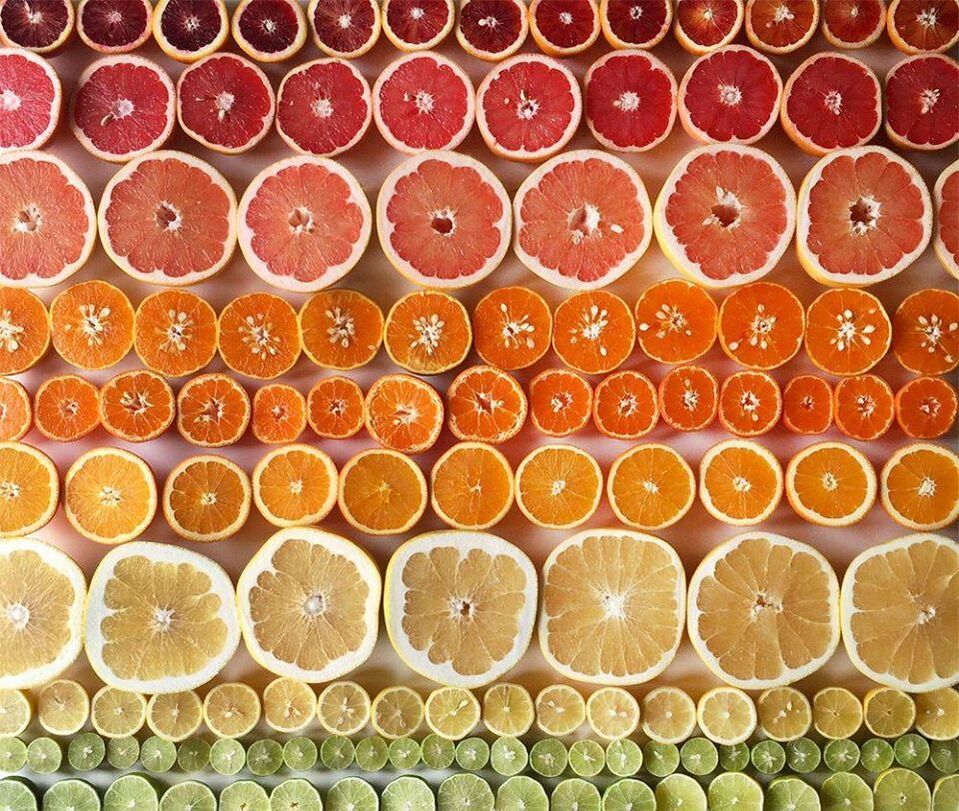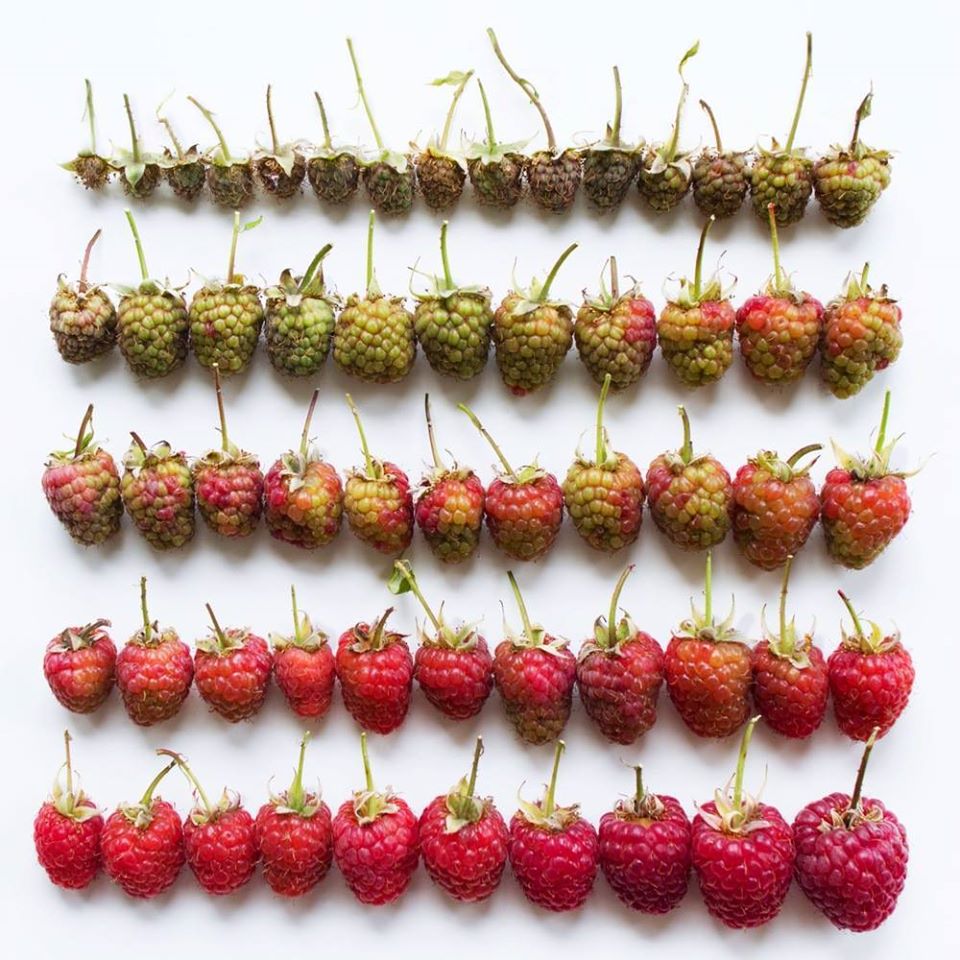n
Recently, I was in Napa teaching my intro to tasting workshop. The students in the class were a mix of industry people and a few consumers who just happened to be in the valley for the day and wanted to take a wine tasting class. And this was their first-ever wine class (!). Even though it’s advertised as an introductory class, the water gets deep pretty quickly. I cover a lot of information in detail—all in the first 90 minutes. Beginners often struggle because there are so many new terms and concepts presented in rapid succession. Add to that the fact that their smell/taste memory probably isn’t dialed in, much less in shape. Needless to say, I make sure to answer all questions and that everyone is on the same page.
One concept covered early on in the class that often baffles students is a simple one: fruit; as in, smelling and tasting fruit in wine. When I start going on about how the Chablis we’re tasting smells like green apple and lemon, an unsettled silence usually follows. It’s like there’s been a momentary disturbance in the force.
At this point I have to stop for the first of many mini-reality checks of the day. In this case, that assessing fruit in wine is the single most subjective aspect there is to tasting. There really is nothing else close. I assure the students that the fruit they recognize in a glass of wine is completely based on their life memories of said fruit. Thus, what they find in a glass of wine for fruit will probably be different from everyone else. Which means that in any given wine, my lemon could be your lime and my grapefruit might be your kumquat.
If calling fruit in any wine is so subjective, what is important about fruit in wine? I explain to the students that the categories of fruit can and should be linked to other factors that help make up the quality and character of the wine—and this should be the focus. More on that in a moment. For now, here is a breakdown of the categories of fruit that can be found in white and red wines.
White Wines
With white wines, specific groups or families of fruit are named.
Apple and pear: a broad category that can be found in practically every white wine. However, more specificity is needed here in the form of calling green vs. red apple, etc.
Citrus fruit: broken down further into tart citrus (lemon, lime, grapefruit, etc.) and sweet citrus (orange, tangerine, Mandarin)
Tropical fruit: pineapple, mango, passion fruit, papaya, etc.
Stone fruit: peach, apricot, nectarine
Melon: green, white, orange
Red Wines
With Red wines, colors or qualities of fruit are used. However, once a color/quality is identified, the taste or student needs to be more specific in describing the fruit.
Red fruit: fruits that are sour (think cool climate and less ripening) including red cherry, red raspberry, red currant, strawberry, cranberry, plum, pomegranate, and rhubarb
Black fruit: fruits that are riper (think warmer climate and more ripening) including black cherry, blackberry, black raspberry, black currant, black plum
Blue fruit: blueberry and boysenberry (could include other more esoteric berries such as olallieberry and schnozzberry. Just kidding).
Dried fruit: raisin, prune, sultana, fig, date
Once specific kinds of fruit have been identified, the character or quality of the fruit needs to be assessed. Note that I use the two terms interchangeably here. You should too. The quality or character of fruit in a wine is very important. In fact, I think it’s one of the three most vital aspects of tasting. For the record, the other two important aspects are impact compounds and accurately assessing structure (I cover both in past posts).
Here’s a list of descriptors regarding fruit quality/character that should be self-explanatory. Note that there are more descriptors than listed here.
- Fresh
- Tart
- Sweet
- Ripe
- Candied
- Dried
- Jammy
- Cooked
- Stewed
Some examples: in a young Riesling from the Mosel Valley in Germany, one might find green apple, mango, white peach, and lime, and describe them as fresh and tart in quality. The fruit and qualities are connected to the grape itself as well as the cool Continental climate found in the Mosel Valley.
Likewise, the fruit in a Zinfandel from Paso Robles might be described as ripe, jammy, cooked, and tart. The range of different fruit qualities here are linked to Zinfandel and its tendency to ripen unevenly, the very warm climate of Paso Robles, and the possibility of the fruit having been harvested late in the season when it is beyond fully ripe.
Fruit Quality/Character and Cause and Effect
The take away with fruit quality? It should always be linked to the climate of the growing region, timing of the harvest, and more. All of which lead directly to the concept of Cause and Effect. The concept of Cause and Effect poses the question why–why a wine looks, smells, and tastes the way it does. The answers have to do with climate once again, the timing of the harvest, the quality of vintage, and a myriad of decisions made in the vineyard and the winery. Consider the following fruit categories commonly found in red wines and how they equate to cause and effect:
A red fruit dominant wine like a Pinot Noir: thinner-skinner grape, cooler climate, less ripening, lower alcohol, and higher natural acidity.
Black fruit dominant wine like a Cabernet Sauvignon: thicker-skinned grape, warmer climate, riper fruit, higher alcohol, and lower natural acidity with possible acidulation.
Dried fruit dominant wine like a Grand Reserva Rioja: oxidation due to the actual age of the wine, and extended time in barrel and bottle as required by law.
How can one improve memory of fruit and quality of fruit? In the past I’ve written about a concept I call “The Basic Set”: the smaller subset of aromas and flavors that appear in over 80% of all wines. Here is a list of fruit in the Basic Set:
- Green apple
- Red and/or Golden Delicious Apple
- Pear
- Lemon
- Lime
- Orange
- Pineapple
- Banana
- Peach
- Apricot
- Black cherry
- Blackberry
- Sour red cherry
- Red raspberry
- Cranberry
- Raisin
- Prune
The premise of the Basic Set is this: if you work on your memory of all the above on a regular basis—without wine–your ability to recognize any of these aromas/flavors in a glass of wine will improve exponentially. But how? Odds are as you read through the list you brought up internal images in your mind’s eye of your own life memories as a way to recall each aroma. I’ve written many times previously that olfactory and taste memory are intensely visual. We shouldn’t be surprised at the image/olfactory connection. After all, we learn practically everything else visually.
Exercise
To work on your memory of the components of the Basic Set we’ll use the natural image/smell memory connection and submodalities–the structure of your internal images. To do so we’ll use your memories of the following aromas/flavors:
- Green apple
- Lemon
- Black Cherry
- Pineapple
- Raisin
With each of the above take the internal image of your memory and intensify it by do the following:
a. Make the image larger
b. Make the image closer
c. Make the colors in the image brighter
Practice! A bit of repetition can dramatically improve your memory of the basic aromas/flavors and as well as enable you to recognize even trace amounts in a glass of wine. Go through the list above at least once a day—it will take less than five minutes but the benefits will be dramatic. And the next time you pick up a glass of wine the fruit will be front and center and easy to describe.
Cheers!
nn


